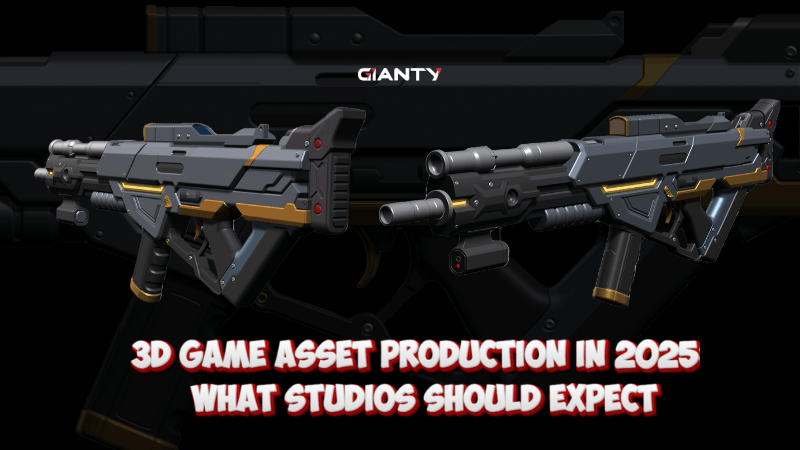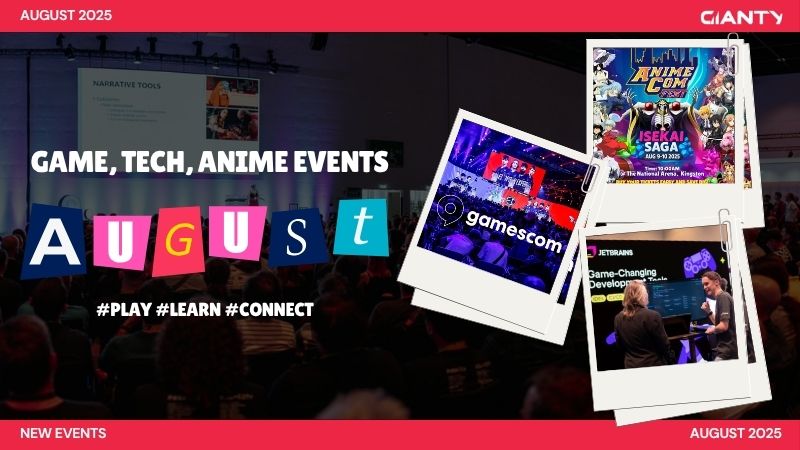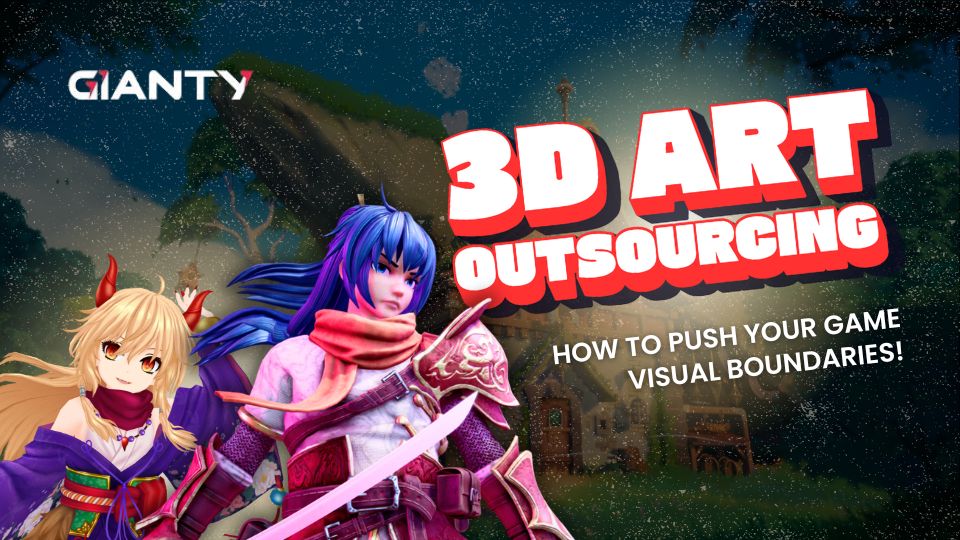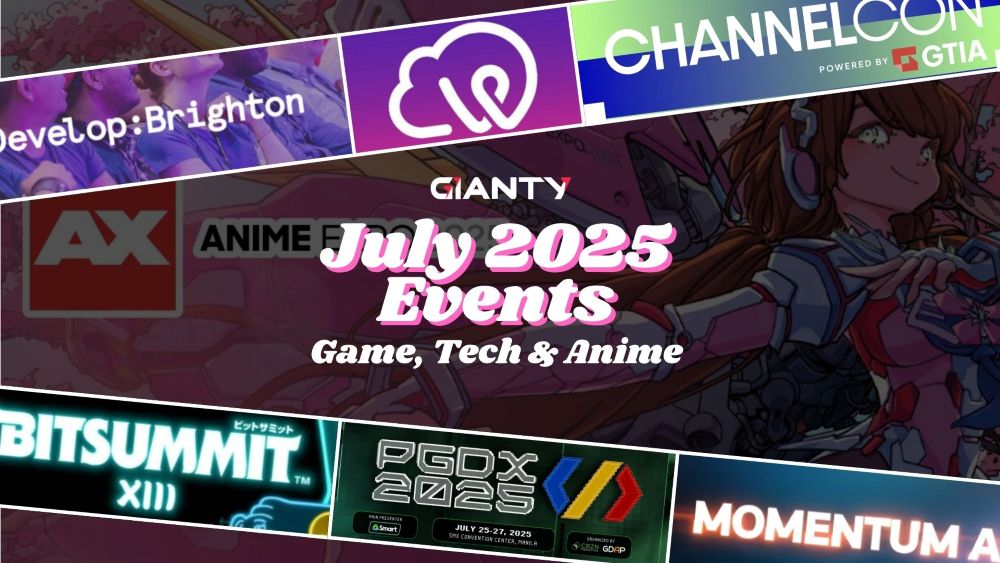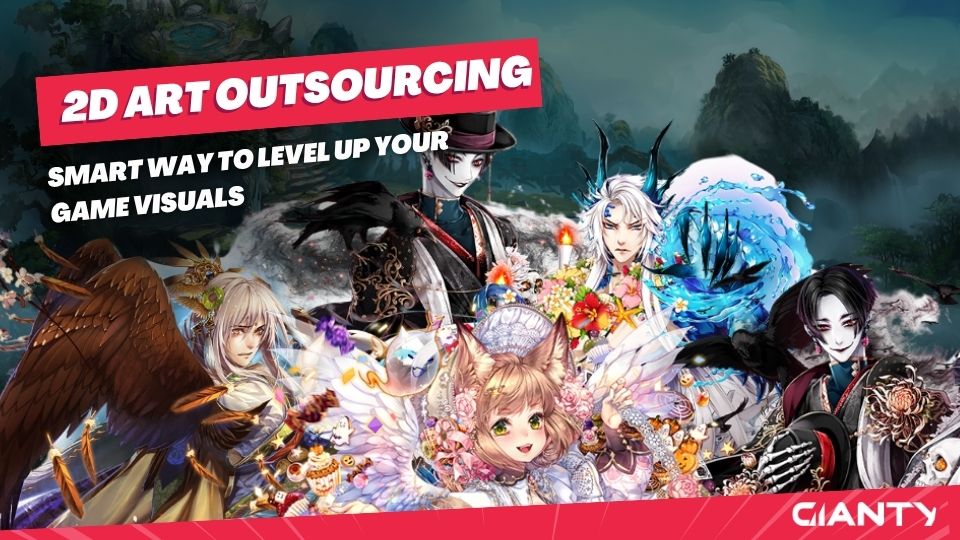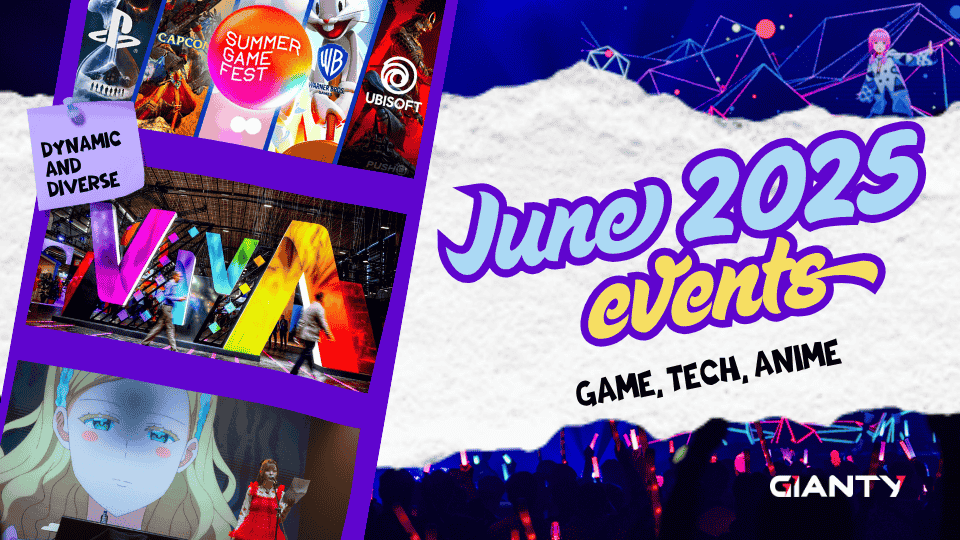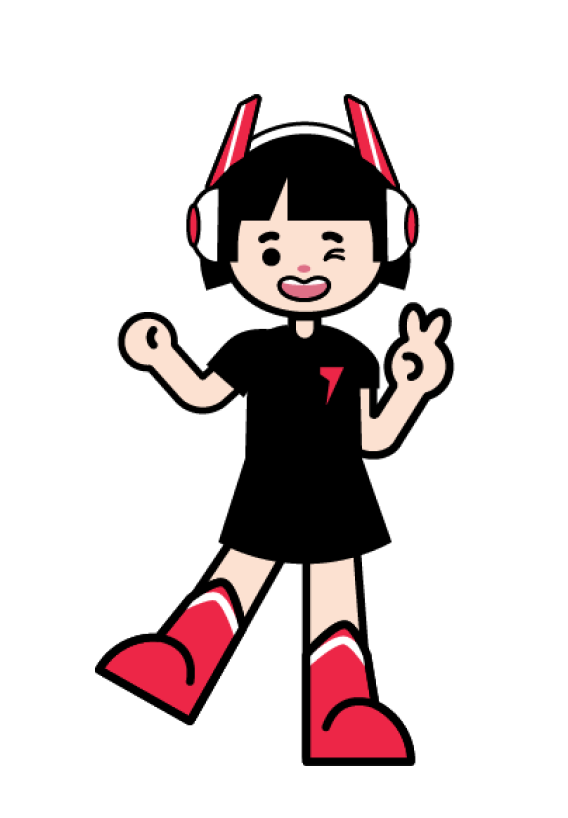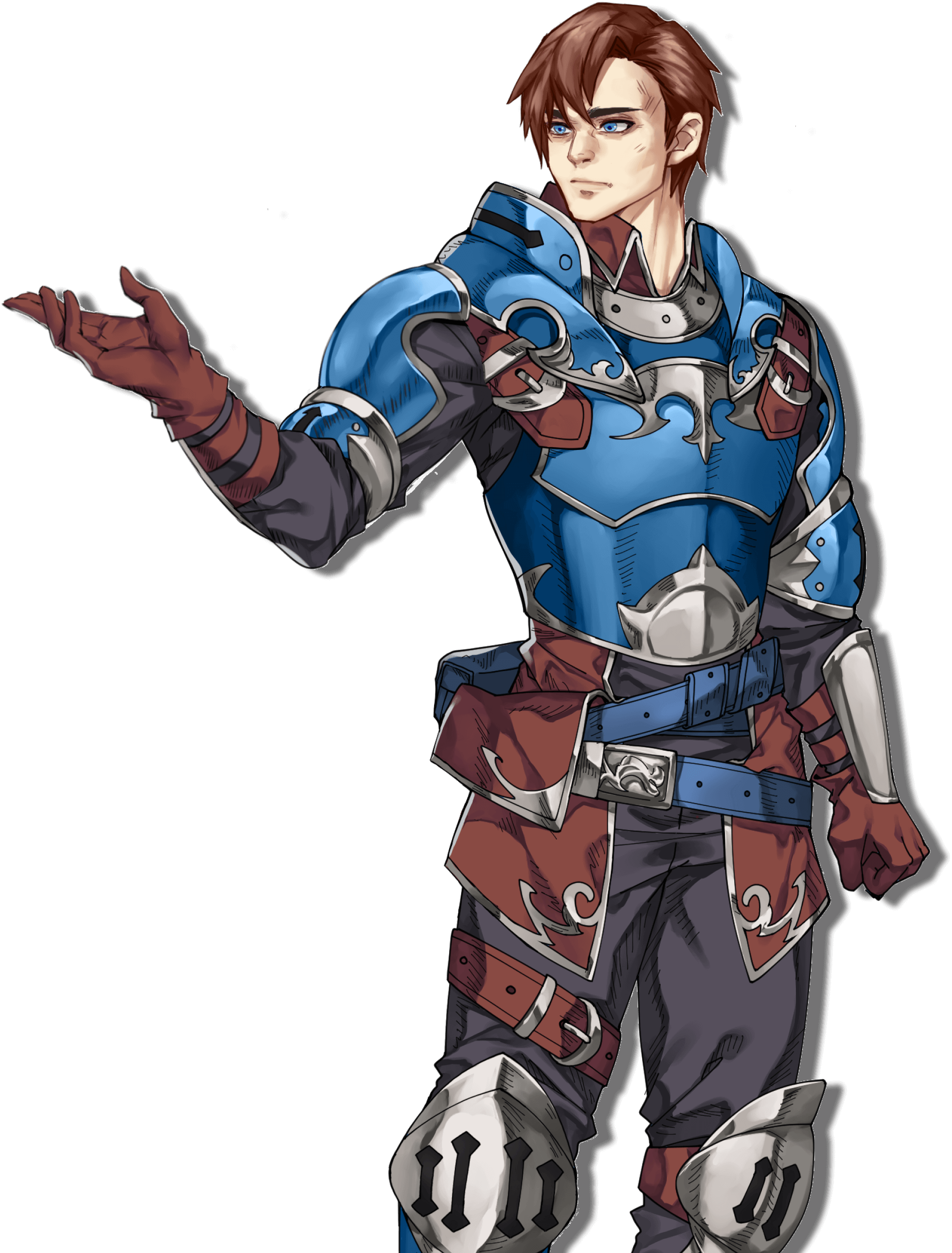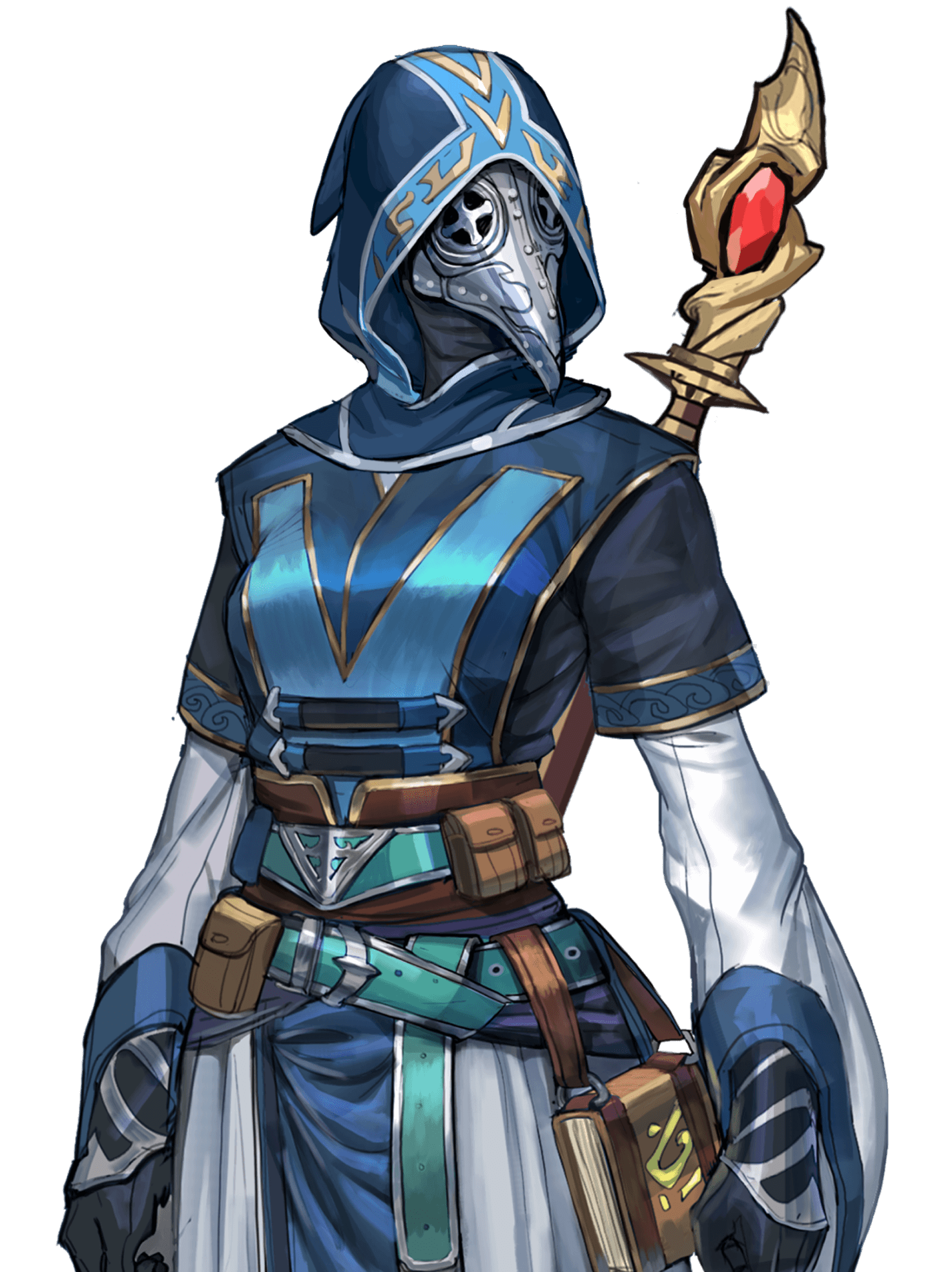What stops the scroll? Visual style. Whether it’s a moody pixel-art RPG or a glossy 3D shooter, your video game art style is the first – and sometimes only – chance to catch someone’s attention.
Before a player ever presses “Play,” they’re already sold – or not – on how the game looks. From screenshots to trailers to store thumbnails, visual style does the heavy lifting in convincing someone to buy, download, or wishlist your game.
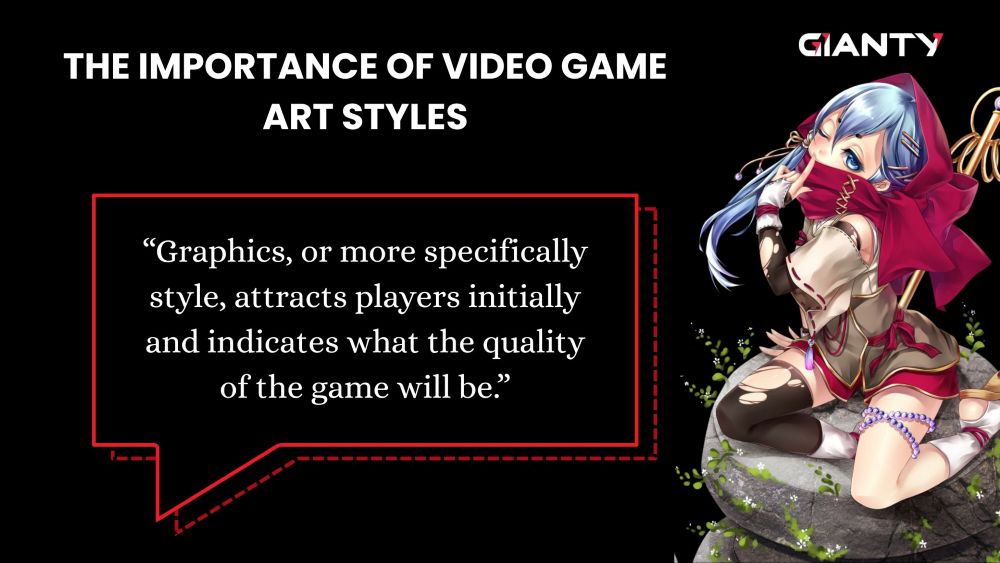
For studios, publishers, and art outsourcing firms, mastering video game art styles is as much of a creative flex as it is a revenue driver. The right visual direction can lower acquisition costs, amplify brand identity, and even dictate a game’s success across genres and regions.
In this post, we’ll dive into how art style impacts everything from player psychology to production costs.
2D vs. 3D: More Than Just a Visual Choice
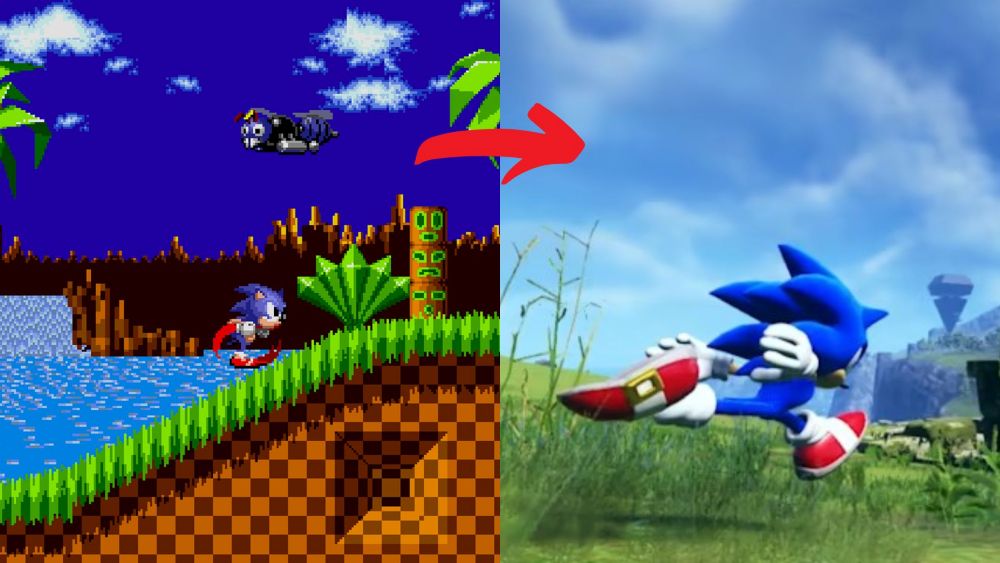
The choice between 2D and 3D is a strategic call that impacts your entire production pipeline, marketing appeal, and platform fit.
2D Video Game Art Styles: Timeless, Agile, and Budget-Friendly
2D video game art styles have seen a major resurgence, especially in indie and mobile markets. From hand-drawn animations to pixel art and flat vector styles, 2D offers creative flexibility without the heavy lift of full 3D pipelines. It often means:
- Lower production costs and faster iteration cycles
- Stylized, iconic looks that stand out in crowded app stores
- Easier scalability for live ops and content updates
Studios looking for strong visual identity without AAA-level resources often turn to 2D – especially for genres like platformers, puzzle games, and narrative-driven titles.
3D Video Game Art Styles: Immersive, Scalable, and Genre-Defining
On the other hand, 3D art opens the door to realism, depth, and dynamic camera work. It’s the go-to for many PC, console, and high-fidelity mobile experiences. The benefits include:
- Immersive worlds that enhance storytelling and gameplay
- Asset reusability for expanding content, sequels, or VR/AR support
- Strong appeal in genres like shooters, RPGs, and open-world adventures
That said, 3D also comes with higher production costs and technical demands – making collaboration, pipeline optimization, and tooling decisions even more important.
Choosing the Right Video Game Art Style
Here’s a look at what makes today’s most common 2D and 3D styles smart, deliberate choices for game studios and publishers.
3D Video Game Art Styles
Realism
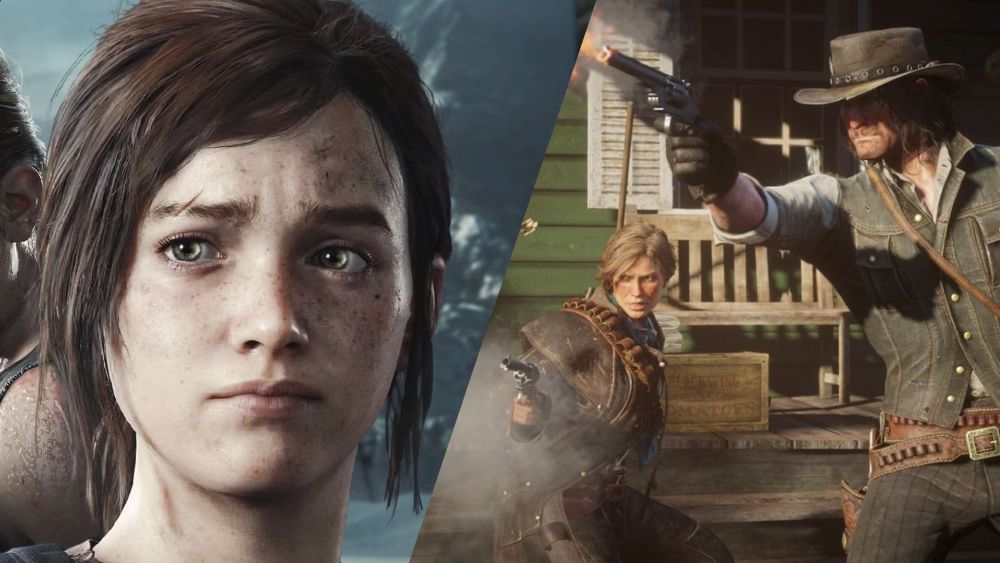
Chosen for: Immersion, high production value, genre expectations
Used heavily in shooters, simulators, and AAA titles. Realism raises the bar for player immersion and is often tied to mature or cinematic storytelling. It’s demanding in terms of budget and talent, but often expected in competitive console/PC markets.
Stylized
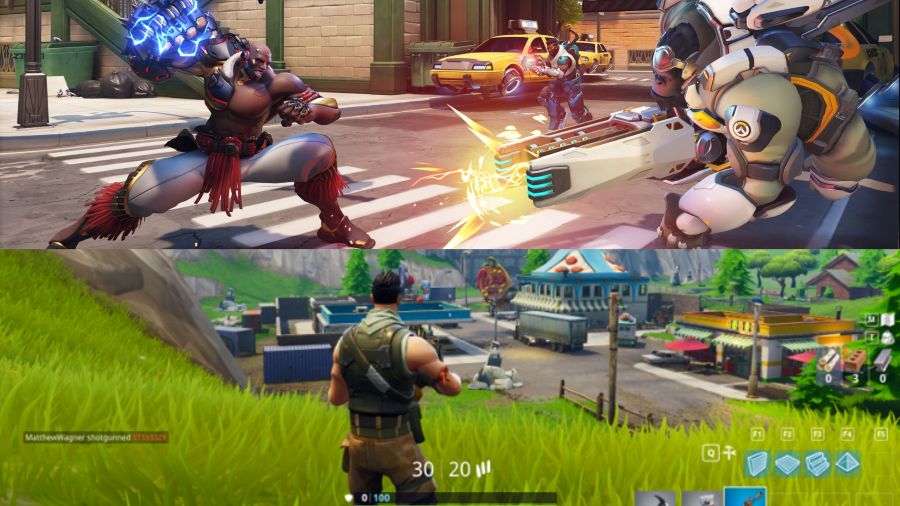
Chosen for: Timelessness, brand identity, lower long-term production costs
Think Fortnite or Overwatch—stylized 3D can stand out visually, age better, and reduce the pressure for photorealistic fidelity. Often easier to optimize for multiple platforms.
Low Poly
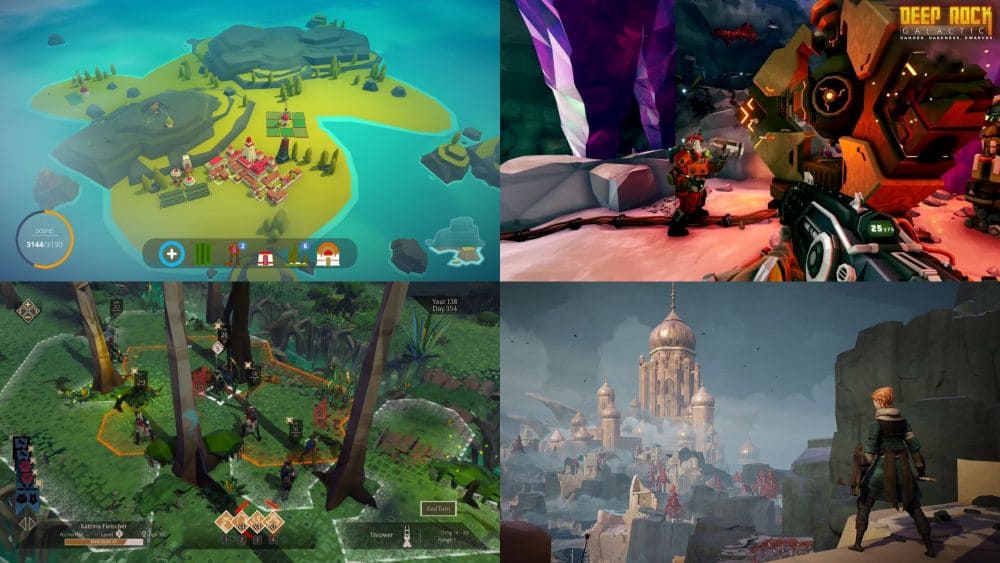
Chosen for: Fast production, clean aesthetics, retro appeal
Popular in indie and mobile spaces, low-poly art styles are efficient and easy to optimize. The simplicity can also give games a nostalgic or minimalist charm, often with strong silhouettes and bold color palettes.
Cel Shaded
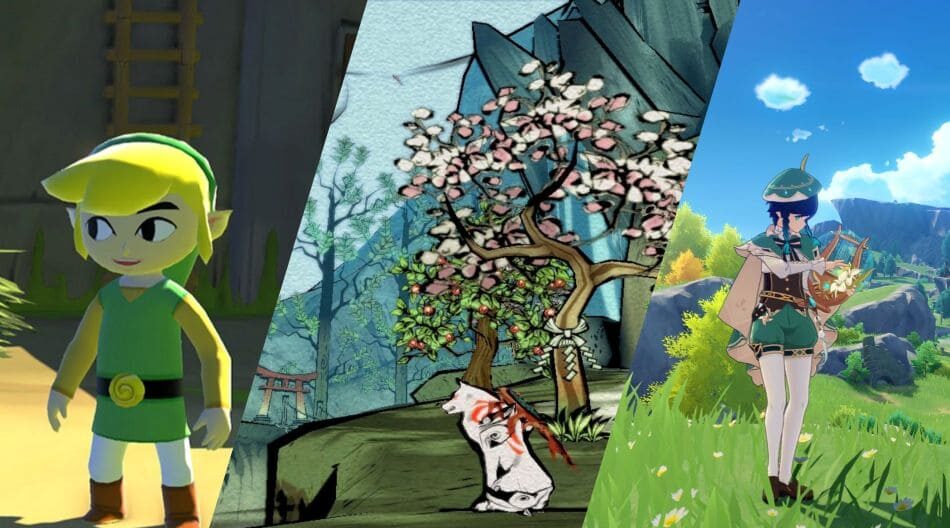
Chosen for: Visual pop, stylized realism, anime/comic vibes
Games like The Legend of Zelda: Wind Waker or Genshin Impact use cel shading to combine 3D models with a 2D illustrated look. Ideal for making 3D feel like “living art” while keeping things performance-friendly.
Voxel
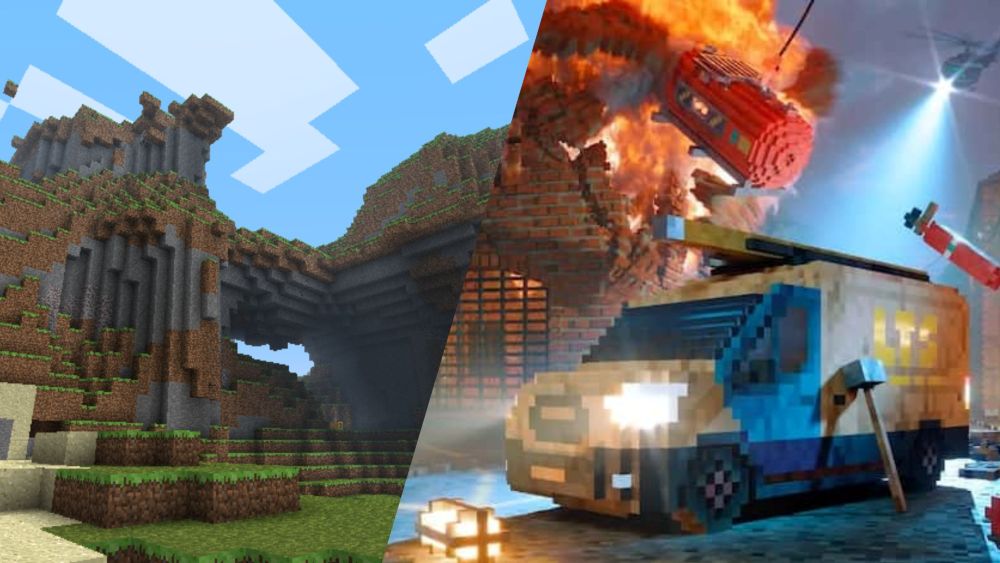
Chosen for: Modularity, retro-modern hybrid aesthetic
Voxel art is blocky, modular, and often appeals to creativity-driven or sandbox gameplay. Easy to scale and modify, making it great for community-driven or procedurally generated games.
2D Video Game Art Styles
Pixel Art
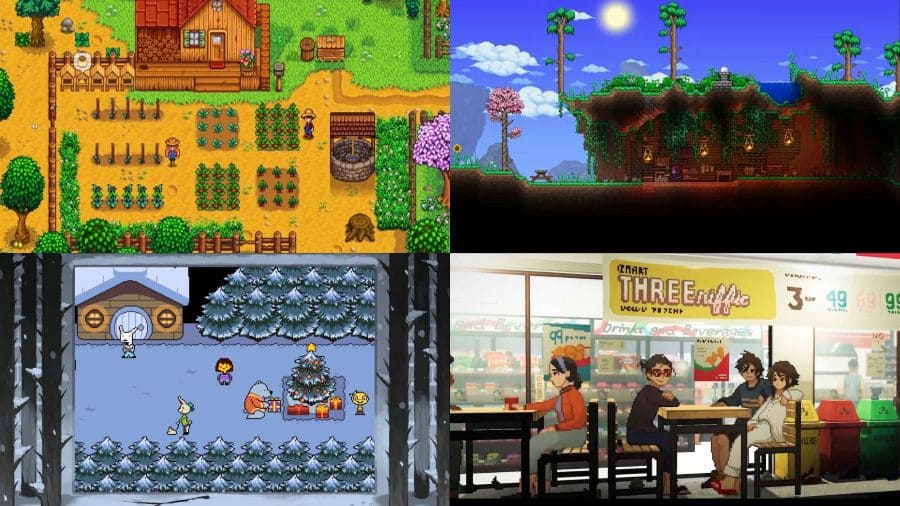
Chosen for: Nostalgia, charm, efficiency
Rooted in arcade and early console history, pixel art is beloved for its retro feel and emotional simplicity. Great for platformers, roguelikes, and indies – it’s relatively easy to produce and scales well across devices.
Manga/Anime
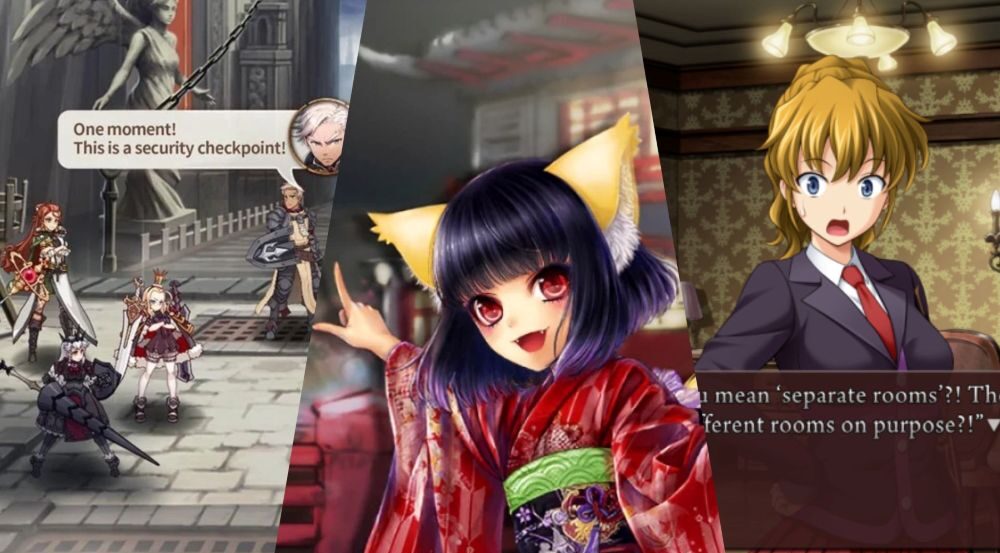
Chosen for: Expressiveness, genre fit, massive global fanbase
Anime as a video game art style is especially popular in visual novels, gacha games, and JRPGs. The bold lines, exaggerated emotions, and culturally resonant style have high appeal, especially in Asian markets and among niche fandoms.
Hand-Drawn
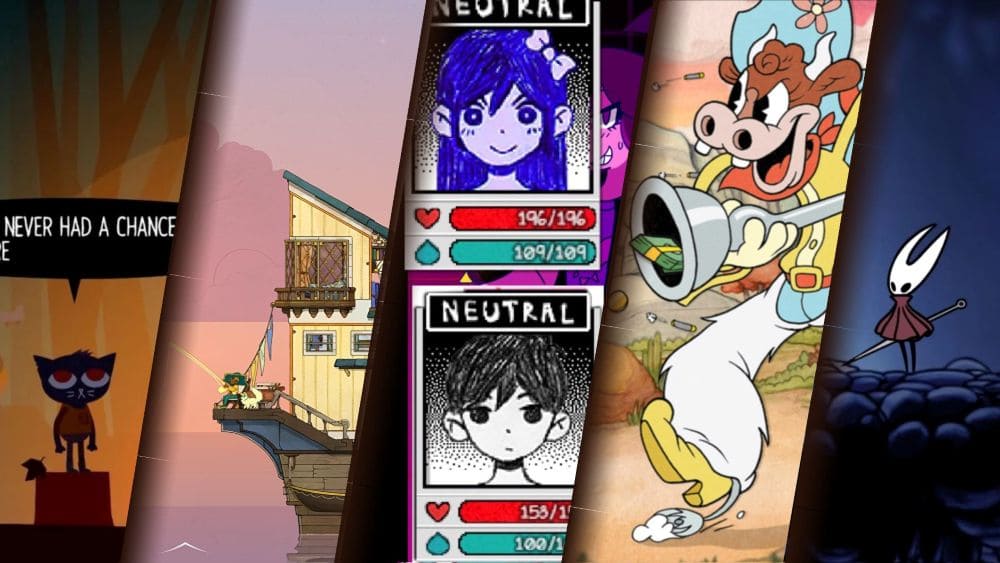
Chosen for: Artistic uniqueness, emotional depth
Games like Cuphead or Hollow Knight leverage hand-drawn art for a truly handcrafted feel. Labor-intensive, but offers an emotional, often “art museum” quality that can build critical acclaim and strong fan loyalty.
Isometric
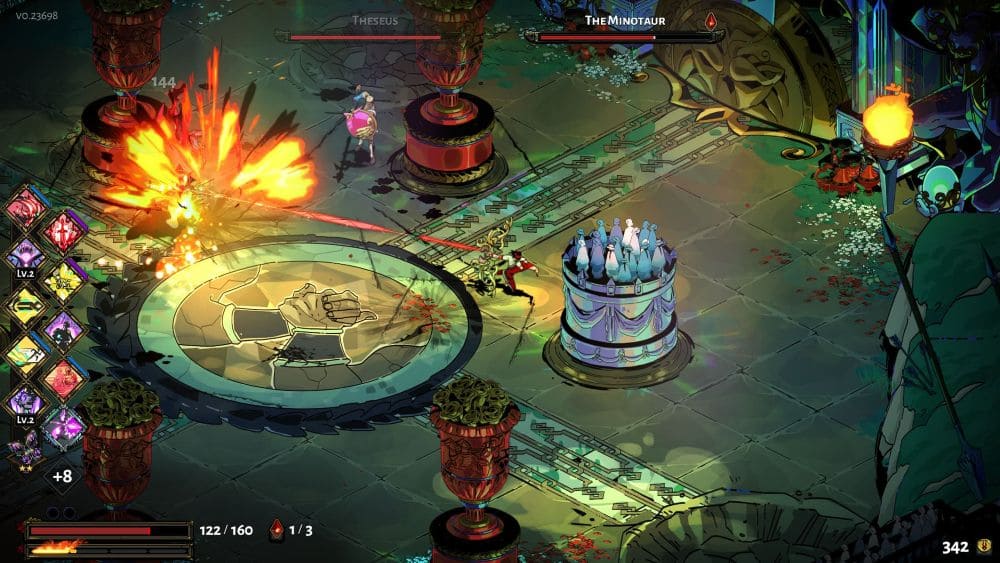
Chosen for: Spatial clarity, tactical design
Isometric perspectives give a pseudo-3D look while remaining 2D. Great for strategy, simulation, builder games or even roguelikes such as Hades – balances style and clarity in overhead views.
Vector
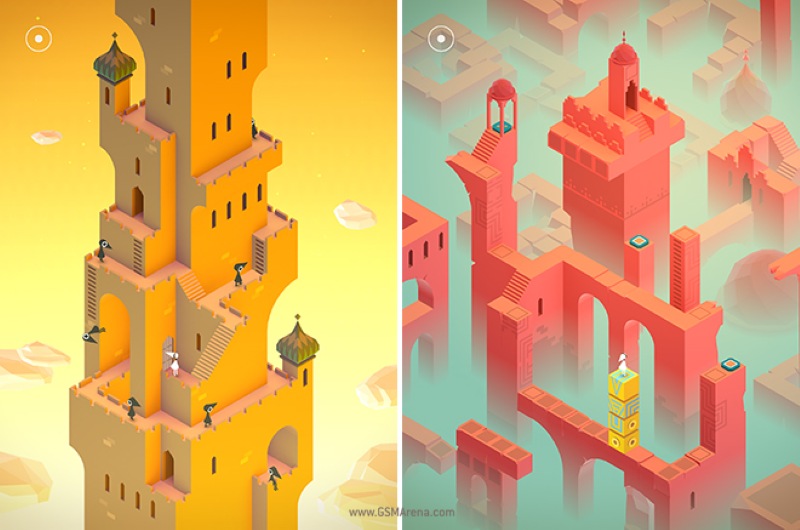
Chosen for: Scalability, modern design, sharp UI integration
Crisp, resolution-independent, and easy to animate. Frequently used in mobile, web-based, or educational games where lightweight assets and responsive scaling are key.
How Video Game Art Style Shapes Player Engagement
Video game art styles play a crucial role in how players perceive, connect with, and emotionally respond to your game. Understanding these psychological impacts can guide studios and publishers in choosing a style that resonates deeply with their target audience.
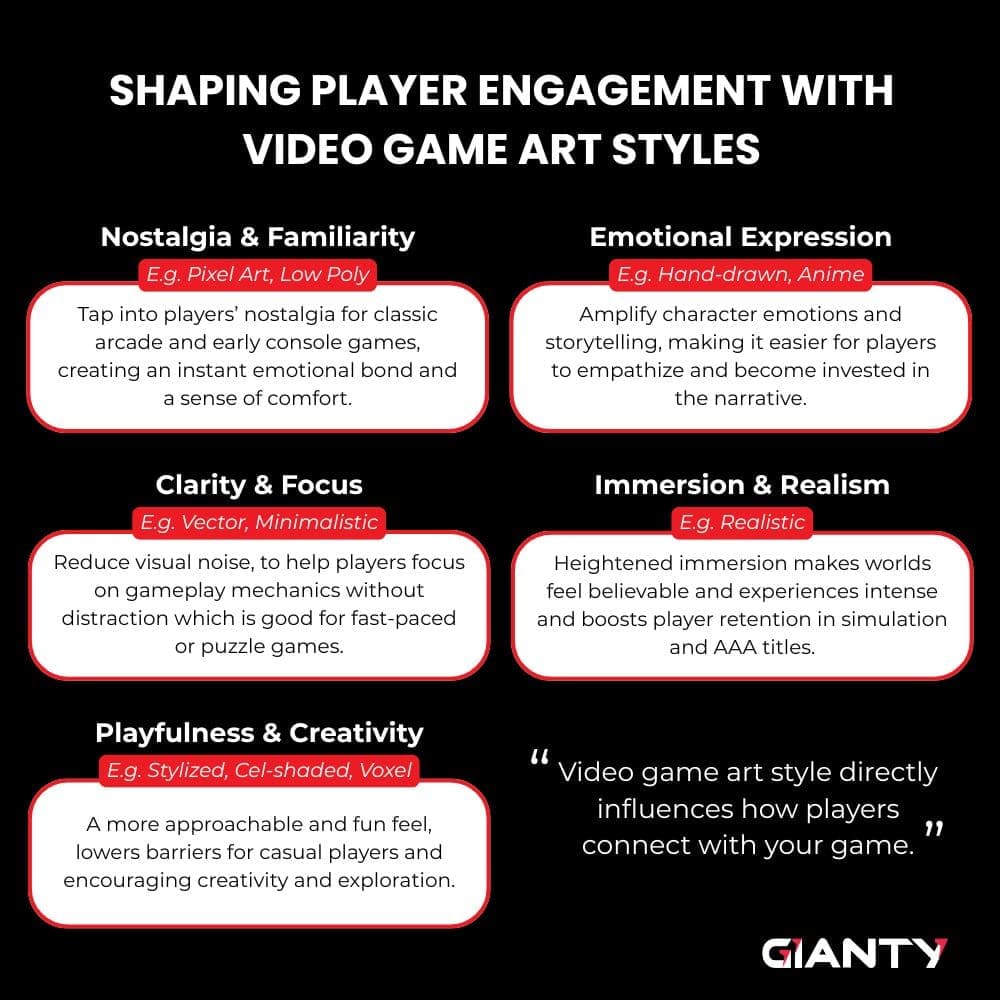
Budget Friendliness: What to Expect When Choosing a Video Game Art Style
Budget often guides your video game art style choice – but it’s not always black and white. While some styles generally cost more than others, your specific project scope, team skillset, and toolsets can shift the balance.
- Typically higher budget: Realistic 3D and hand-drawn 2D require detailed assets and complex animations, usually meaning bigger teams and longer timelines.
- Moderate budget: Stylized 3D, semi-realistic, pixel art, and anime-inspired 2D often strike a good balance between quality and cost.
- Generally lower budget: Low poly, vector, and voxel styles tend to be more cost-efficient due to simpler assets and faster workflows.
That said, the budget can vary widely depending on factors like project scale, art direction, asset reuse, and animation complexity. For AAA games, for example, costs can easily surpass $100,000 USD.
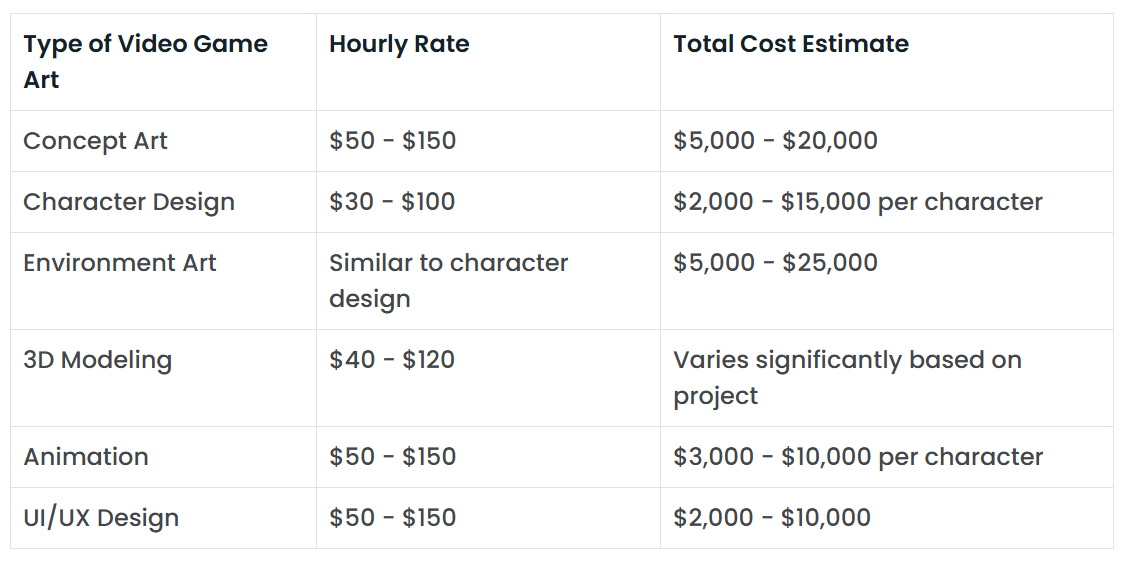
The key is matching your style choice with your team’s strengths and production goals to get the best return on investment.
Cross-Platform Compatibility
When targeting multiple platforms – PC, consoles, mobile, or even web – the choice of video game art style can significantly impact both performance and development efficiency.
- Lightweight styles like low poly, flat/minimalist 2D, and vector graphics are easier to scale across devices with varying hardware capabilities. They reduce load times and optimize well for mobile and web platforms.
- Stylized 3D art often offers flexibility, maintaining visual appeal on high-end consoles while still scaling down for mobile without losing identity.
- Realistic 3D styles tend to demand high-end hardware, making them less suitable for mobile or web without significant optimization and separate asset pipelines.
- Pixel art, isometric 2D, and anime generally adapt well across platforms but may require different resolutions or asset versions to maintain crisp visuals on both small and large screens.
Ultimately, understanding your target platforms upfront and choosing a video game art style that balances visual fidelity with technical feasibility helps streamline development and maximize your game’s audience reach.
Outsourcing Video Game Art Styles
Not all studios are created equal. Some specialize in hyper-realistic 3D environments, others in hand-drawn 2D, anime-style characters, or pixel and 2D animation.
If your internal team lacks experience in a specific visual style, outsourcing can elevate your game far beyond what a generalist team could deliver.
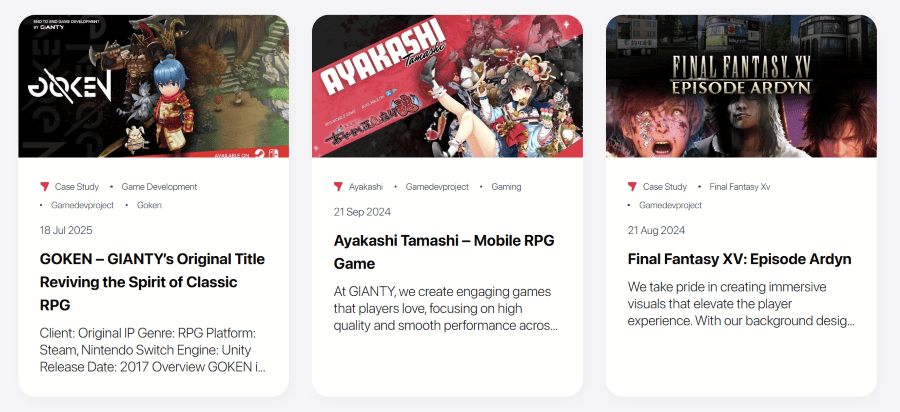
When evaluating potential partners for outsourcing video game art style development, you need to balance technical compatibility with creative alignment to ensure smooth execution and standout results.
Technical Considerations
- Pipeline Compatibility: Does the partner studio integrate well with your tools, game engine, and internal workflow?
- Asset Optimization: Are they experienced in building scalable, performance-friendly assets for your target platforms?
- Revision & Delivery Workflow: Streamlined communication and file management reduce delays and bottlenecks.
- Technical Standards: They should match your naming conventions, file formats, shader libraries, and LOD/export needs.
Creative Considerations
- Style Specialization: Some studios focus entirely on anime-style 2D, cel-shaded 3D, voxel environments, or photorealism. Working with a specialist often leads to better results than a generalist approach.
- Art Direction Fidelity: Can they accurately interpret and execute your creative vision, style guides, and references?
- Visual Consistency: A studio fluent in your chosen art style will deliver assets that feel cohesive across characters, environments, VFX, and UI.
- Cultural Fit: Their portfolio and design sensibilities should align with your audience, genre, and tone.

At GIANTY, for example, we focus deeply on anime aesthetics across both 2D and 3D, with years of hands-on experience in bringing stylized characters and worlds to life. Our portfolio and past work are easy to find and explore, giving you a clear sense of what we do best.
We believe in full transparency – whether it’s about our process, capabilities, or creative direction. So if you have questions or want to know how we approach a specific video game art style, we’re more than happy to chat.
Why It Pays Off
- Efficiency: These teams already have the pipelines, tools, and talent optimized for your chosen style. There’s no need to reinvent processes or train new staff.
- Consistency: Specialists understand the nuances of the visual language—ensuring that assets are high quality, style-consistent, and production-ready.
- Speed: With fewer rounds of iteration and corrections, delivery is faster and smoother, allowing your internal team to stay focused on core development.
Whether you’re filling gaps in your internal team or scaling production for a larger release, choosing a style-savvy studio is both a tactical decision and a creative investment with real ROI.
How to Make Good Game Art Design: Key Principles
When it comes to video game art styles, it’s easy to get caught up in aesthetics, but the real challenge is creating visuals that serve the game itself. Good art design helps players navigate, understand, and enjoy your world without confusion or distraction.
It’s about thoughtful choices that support gameplay, story, and user experience. Keeping a few fundamental principles in mind can make all the difference between art that looks nice and art that truly works.
1. Align Art with Gameplay
The art should support the game mechanics. For fast-paced action, simpler visuals might work better. For puzzle games, minimalist designs keep the focus on the gameplay. Make sure the style doesn’t hinder the player experience.
2. Maintain Consistency
A cohesive art style across characters, environments, and UI helps maintain immersion. Inconsistent visuals can pull players out of the experience, so consistency is key to keeping the game world believable.
3. Match Art to Genre and Tone
Your art style should complement the game’s genre and tone. Bright, stylized art fits a platformer, while a dark, realistic style may suit a horror or thriller. Matching the art to the vibe helps set the right expectations for players.
4. Prioritize Player Clarity
Good game art helps players navigate and understand the game. Whether it’s visual cues for interactions or clear UI design, art should always make gameplay intuitive and easy to follow.
5. Ensure Adaptability
Choose an art style that works across platforms and is scalable for future content. Your style should translate well to different devices and allow for seamless updates, expansions, or new features.
6. Evoke Emotion
Art design is a powerful tool to connect players emotionally. Whether it’s through vibrant colors, dynamic animations, or atmospheric environments, use art to make players feel something about your game’s world.
Anime Art Styles Are Shaping the Future of RPGs
As global interest in anime continues to surge, games that embrace this aesthetic are capitalizing on an audience hungry for bold, expressive, character-driven visuals.
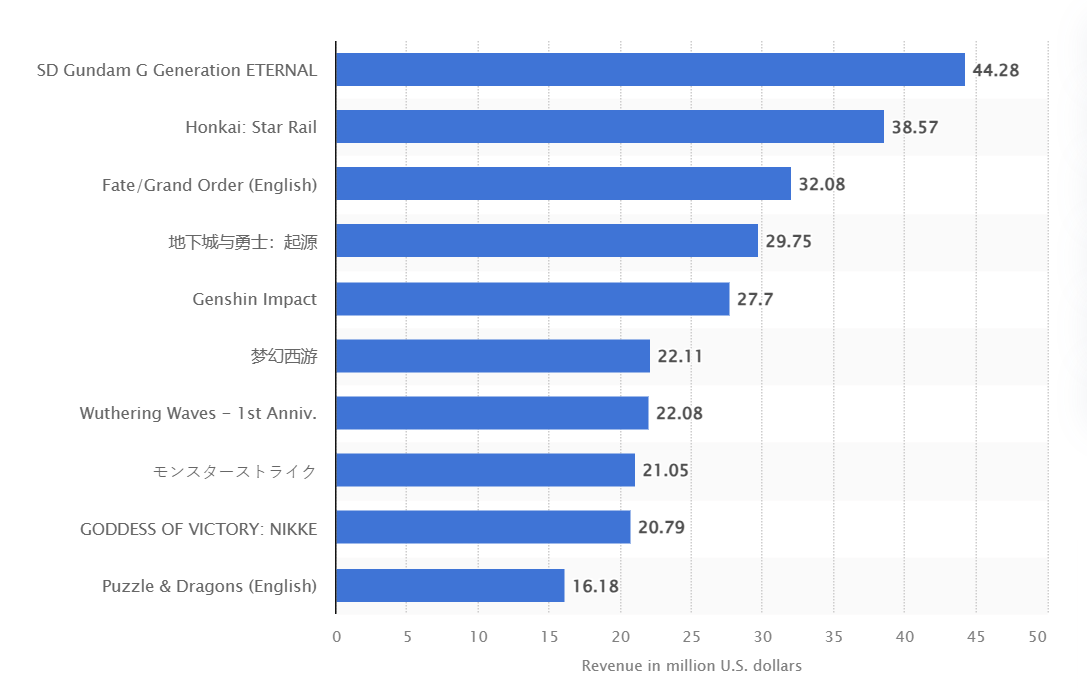
In May 2025 alone, SD Gundam G Generation ETERNAL generated over $44.28 million USD, making it the top-grossing RPG game that month globally. Not far behind was Honkai: Star Rail, another anime-styled RPG that earned $38.57 million in the same period.
The success of these titles highlights how visual style can shape not only engagement but business outcomes. Anime aesthetics offer a unique blend of stylization, emotion, and cultural familiarity that continues to resonate across markets.
Turn Your Vision Into a Visual Identity
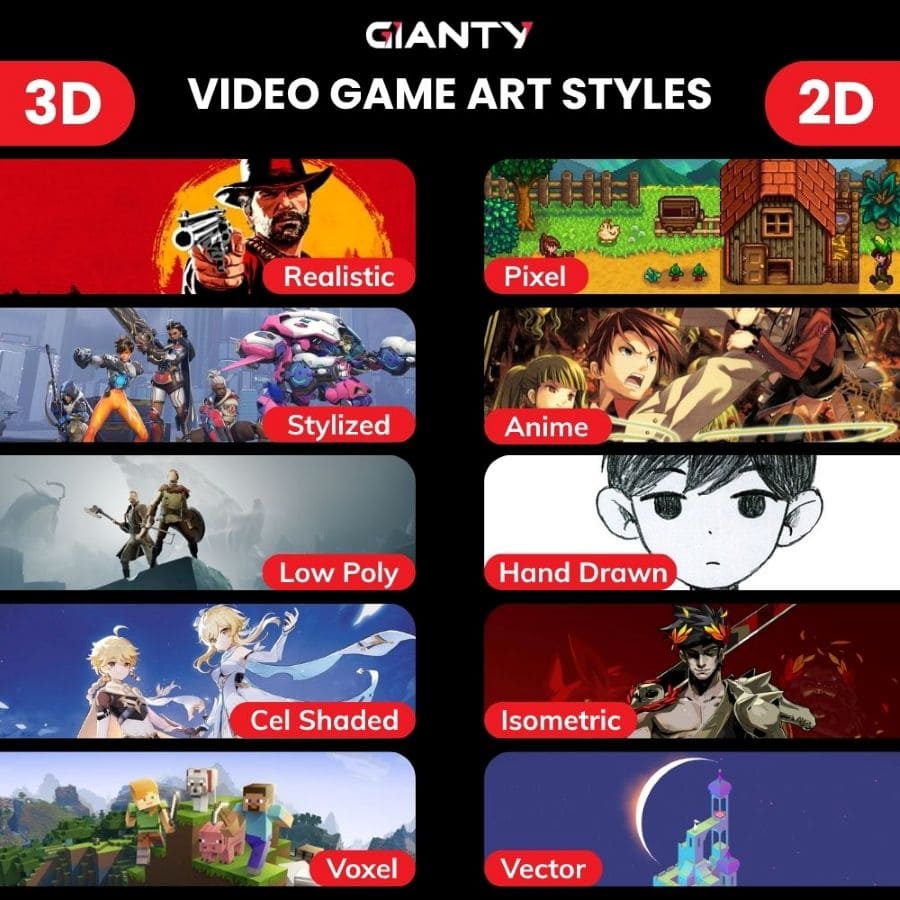
Art design is a powerful tool to connect players emotionally. Whether it’s through vibrant colors, dynamic animations, or atmospheric environments, use art to make players feel something about your game’s world.
Your video game art style is one of the first – and most lasting – impressions your game makes. It can tell a story before a single line of dialogue is spoken, make gameplay feel smoother, and shape how players emotionally connect with your world.
But there’s no single “right” choice. The best art style depends on your goals, your audience, your budget, and your platform.
And if the style you’re aiming for isn’t in your in-house wheelhouse? That’s where collaboration comes in. Partner with GIANTY to bring your creative vision to life – visually, technically, and strategically. If you’re looking for a place to start, contact us!



